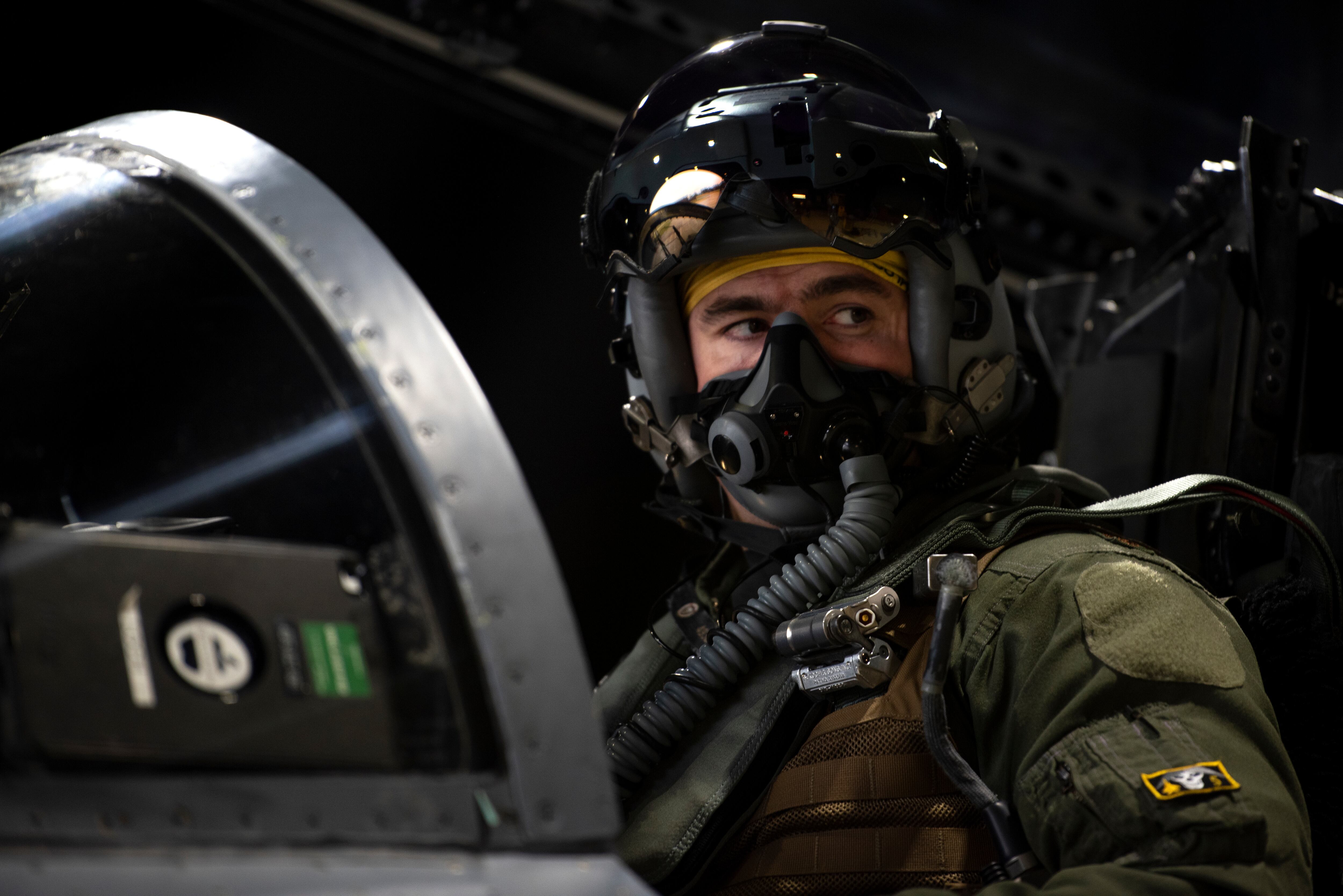Thirty years ago, the Air Force teamed with our Navy, Army, Marine Corps and coalition partners during Operation Desert Storm to sweep the skies of Iraqi MiG fighters, destroy Iraq’s war-fighting infrastructure and decimate its fielded forces. In 1991, America’s Combat Air Force maintained and operated aircraft like the F-15C Eagle and the A-10 Warthog to win the short and decisive conflict.
Now, 30 years later, while the services have taken strides to modernize and update their fleets, the U.S. Air Force still operates these exact same aircraft.
The F-15C Eagle and the A-10 Warthog were both introduced in the mid-1970s, and they are still maintained and operated by the finest airmen on the planet. And they are both still revered. However, in the past three decades potential adversaries have dramatically upgraded their fleets and air defenses while these single-mission aircraft have become increasingly vulnerable to threats and prohibitively costly to fly and repair.
As these single-mission aircraft surpass 40 years of dedicated service, in keeping with National Defense Strategy requirements, the U.S. Air Force will transition to newer, multirole ones. Because this transition to new high-end combat capability will not happen overnight, the Air Force will retain some legacy aircraft to ensure there is sufficient capacity to address global commitments. The balance between capability and capacity is delicate. That’s why our new Fighter Roadmap outlines the way to do both. The good news: The challenges are daunting, but manageable.
Over the past 30 years, the Air Force’s fighter fleet has gotten significantly smaller (from roughly 4,000 aircraft to just over 2,000 today), and significantly older (average age in 1991 was 8 years with the average age in 2021 of 27 years). At the same time, our potential foes have modernized and increased their capacity, reducing our ability to deter aggression. That invites danger.
Peer nation competition
Competition between peer militaries normally occurs on the seas, in the air and in space — areas known as the global commons. While sometimes assertive, this competition is usually professional as nations message their intentions and capabilities with ships, airplanes and cyber operators maneuvering in close proximity to one another.
The most aggressive competition in the global commons are efforts to claim shared territory such as China’s South China Sea land reclamation and Russian continental shelf claims in the Arctic.
Competition in another nation’s sovereign space is the most aggressive level of strategic competition. Whether overflying another nation’s territory, impacting infrastructure through cyber operations or seizing another nation’s sovereign territory, competing in the highly contested sovereigns correlates directly to a nation’s ability to fight in the sovereigns. A modern air force must have the capability to compete well beyond the permissive counter-insurgency campaigns of the last 20 years or in the increasingly contested global commons. It must be able to compete in the highly contested environment, because if you can’t compete there, you can’t fight there.
The fighter roadmap
The only thing tougher than getting smaller and older is to then add in the wrong mix of capabilities. So the Fighter Roadmap ensures that we field a “combat relevant fleet” that can compete and fight anytime, anywhere.
To do this, we must manage our platforms, including the F-15C and A-10. “Right-sizing” a fleet is not panicked divestiture. Modernization will keep many of these warhorses relevant for years to come: upgraded wings for 218 A-10s, F-15C structural repairs, F-15E and F-16 radar upgrades along with F-22 modernization to complement continued F-15EX and F-35 procurement, plus the development of the Next Generation Air Dominance family of systems critical to those highly contested environments we’ll need to compete in 2030 and beyond. These are all part of the U.S. Air Force Fighter Roadmap that builds high-end capability and combat-credible capacity to guide relevance for the next 25 years.
Accelerate change or lose
China is the U.S. military’s “pacing challenge,” and it’s critical that we keep pace. Unlike Iraq, which flew its fighters to Iran in 1991 and literally buried them in the sand in 2003 to avoid destruction, China is not fleeing or burying its air force. They are modernizing at a rate that challenges a smaller and older U.S. Air Force in the contested and highly contested environments, and they are building their air force for a fight they intend to win. We can increase our conventional deterrence by striking the right balance of high-end capability along with combat-proven capacity. Refurbishing an entire fleet of 40-year-old airplanes will never “keep pace.” Doing so retains too many platforms that were designed to operate in the threat environment of the 1980s and diverts resources and personnel from critical modernization.
As Air Force Chief of Staff Gen. CQ Brown Jr. has said in his foundational strategy document, Accelerate Change or Lose: “Good enough today will fail tomorrow.” And when it comes to modern combat, if you don’t like change, you’re going to really dislike irrelevance.
And you’re going to outright hate a kinetic defeat.
Gen. Mark Kelly is the commander of U.S. Air Force Air Combat Command.





